Identifying Authenticity: How to Spot Fake Porcupine Bezoars
Wherever there is a highly profitable industry, counterfeit products are inevitable, and porcupine bezoars are no exception. What people usually encounter are the so-called "Blood Bezoars", which are mostly low-grade, "primary school level" fakes with rough appearances that can be identified with the naked eye. However, the market today is flooded with more sophisticated "secondary school level" and even "university level" counterfeits. These high-grade fake porcupine bezoars look so realistic that even experienced experts struggle to tell the difference. Such advanced counterfeits have been circulating in the market for years, raising serious concerns.
Nowadays, cases of consumers mistakenly buying fake porcupine bezoars due to a lack of knowledge are common. Worse still, many sellers or merchants themselves may not have adequate expertise, leading to misjudgments and further confusion in the public's understanding of authentic versus fake porcupine bezoars.
To help consumers better identify genuine porcupine bezoars, various traditional methods have been passed down. As early as 1715, John Stevens, in his translation of the History of Persia, mentioned two ancient testing methods: one involved applying limewater to the surface of the bezoar, and the other involved weighing it and observing changes after soaking it in water.
In the limewater test, the surface of a genuine porcupine bezoar will show a distinct yellow reaction, while a fake bezoar shows no obvious change, sometimes none at all. Moreover, when soaked in water, a genuine bezoar retains its shape and weight, remaining solid and intact; in contrast, fake bezoars often crack, dissolve, or absorb water and become heavier, revealing clear differences.
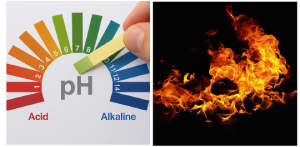
Over time, acidity-alkalinity tests and burn tests have also become common and straightforward methods of identification. Genuine porcupine bezoars are mildly alkaline, with a pH value of around 9. When burned, they produce a distinctive crackling sound, release a large number of fine bubbles, and emit a strong herbal fragrance. In contrast, fake porcupine bezoars give off a smell similar to burnt bark or rubber when ignited, and they do not produce significant bubbling or crackling sounds.
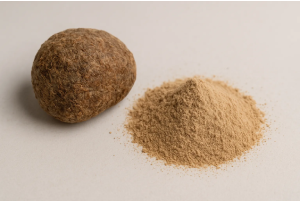
In addition, hardness testing and the texture of the powder are also important standards for distinguishing authenticity. When gently tapped, a genuine porcupine bezoar, due to its natural stone-like structure, is solid and does not bounce. In contrast, fake porcupine bezoars are often harder and may even rebound when struck, indicating that their internal structure is not compact.
Furthermore, the powder of a genuine porcupine bezoar is usually fine, containing natural fibers, and expands in a natural manner. On the other hand, the powder from a fake porcupine bezoar is often coarse and lacks this natural expanding quality.
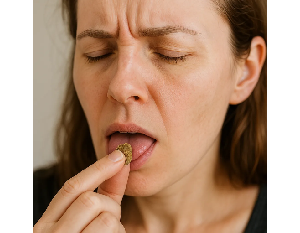
Lastly, the taste test is also a simple and effective method of identification. A genuine porcupine bezoar has a flavor that is both bitter and slightly sweet, with a faint woody aroma. This unique taste can continuously stimulate the salivary glands under the tongue, promoting saliva secretion. In contrast, fake porcupine bezoars often taste more like synthetic medicine and do not produce the same saliva-inducing effect.
By applying these identification techniques, consumers can better distinguish between genuine and fake porcupine bezoars, thus avoiding potential health risks and financial losses caused by counterfeit products.
Based on over a decade of experience, we have summarized the following basic identification points that are suitable for ordinary consumers to recognize genuine porcupine bezoars:
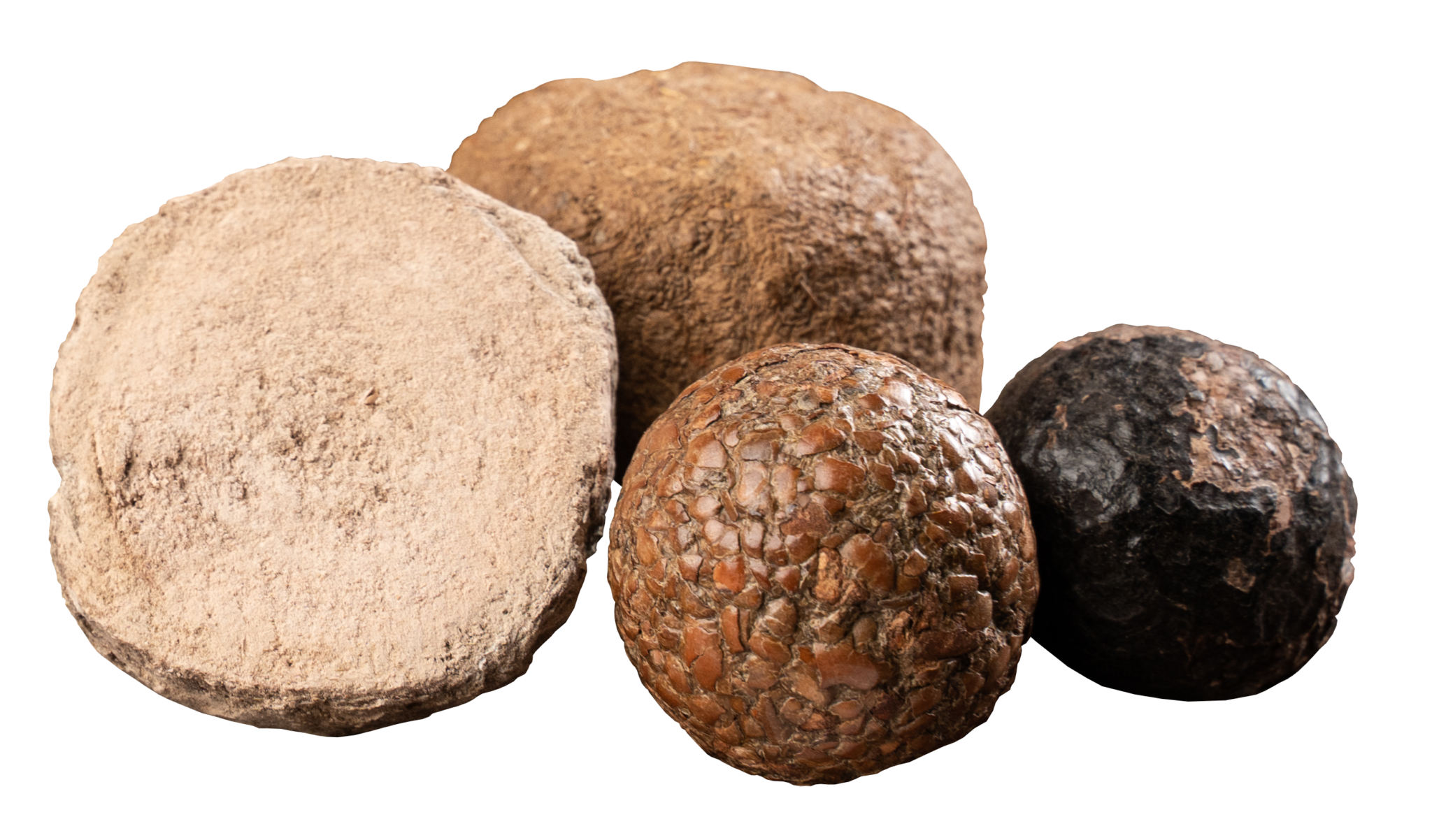
Colour
The colour of natural porcupine bezoars is quite diverse, commonly appearing in shades of brown, green, black, or reddish-brown, sometimes mixed with a hint of yellow. Generally, genuine porcupine bezoars display a natural, non-glossy colour tone, and due to their uneven surface, the colour distribution is usually irregular. If you suspect that the bezoar in hand has been artificially dyed, gently wipe the surface with a damp cloth to see if any colour rubs off. If noticeable stains appear on the cloth, it is very likely a counterfeit. In addition, if multiple bezoars within the same batch show an almost identical colour, overly uniform or unnaturally bright, extra caution should be exercised.
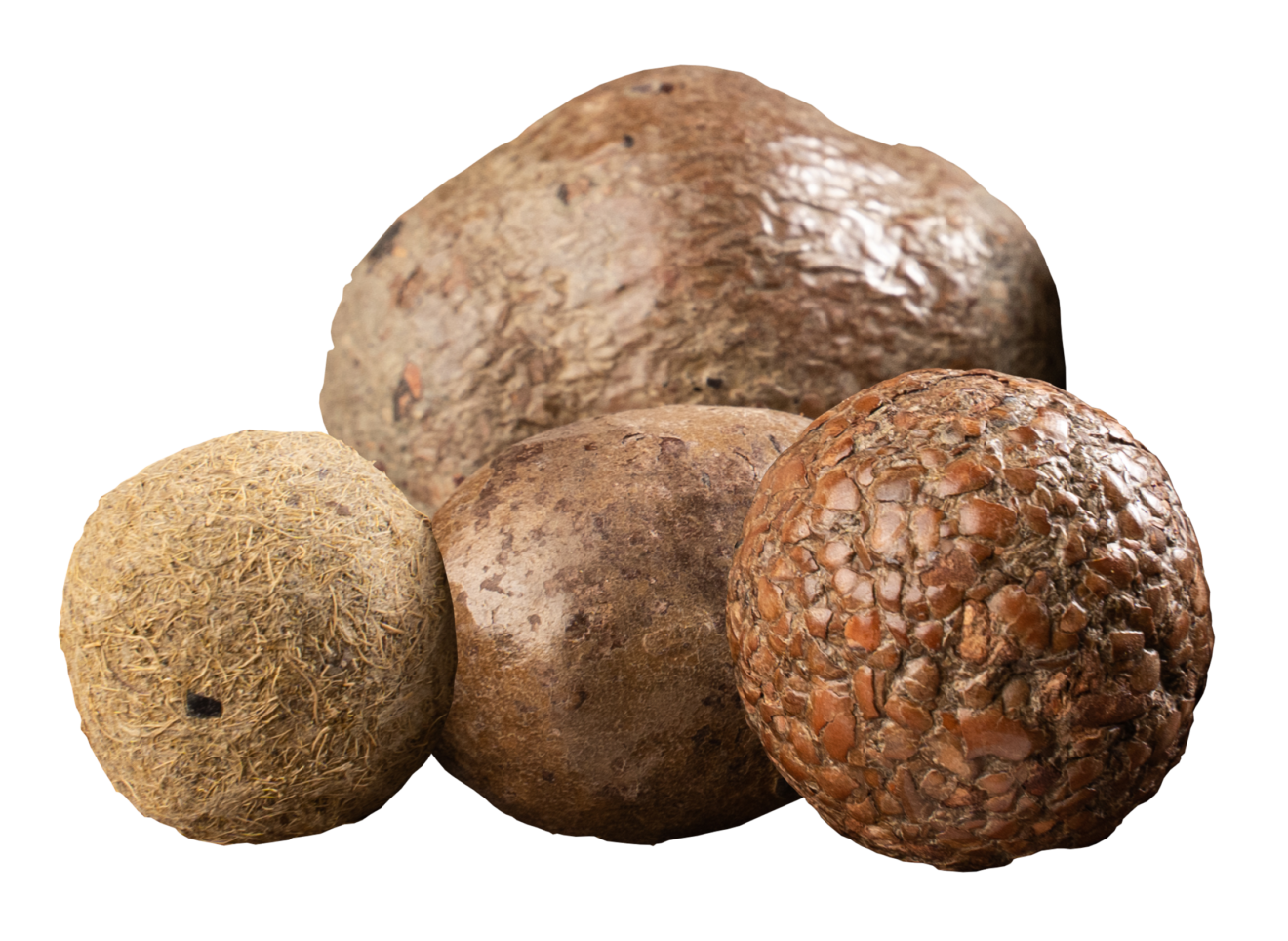
Appearance
The physique and genetic differences of porcupines influence the shape of the bezoar, which means that every genuine porcupine bezoar has a slightly different appearance. Its surface usually shows natural unevenness, and some bezoars feel rough to the touch with a distinct layered texture. When observed under a magnifying glass, tiny shiny fiber-like particles can be seen on the surface—an important characteristic of authentic porcupine bezoars. In contrast, counterfeit porcupine bezoars often look highly uniform, with nearly identical surface patterns, and lack the natural fibrous structures under magnification.
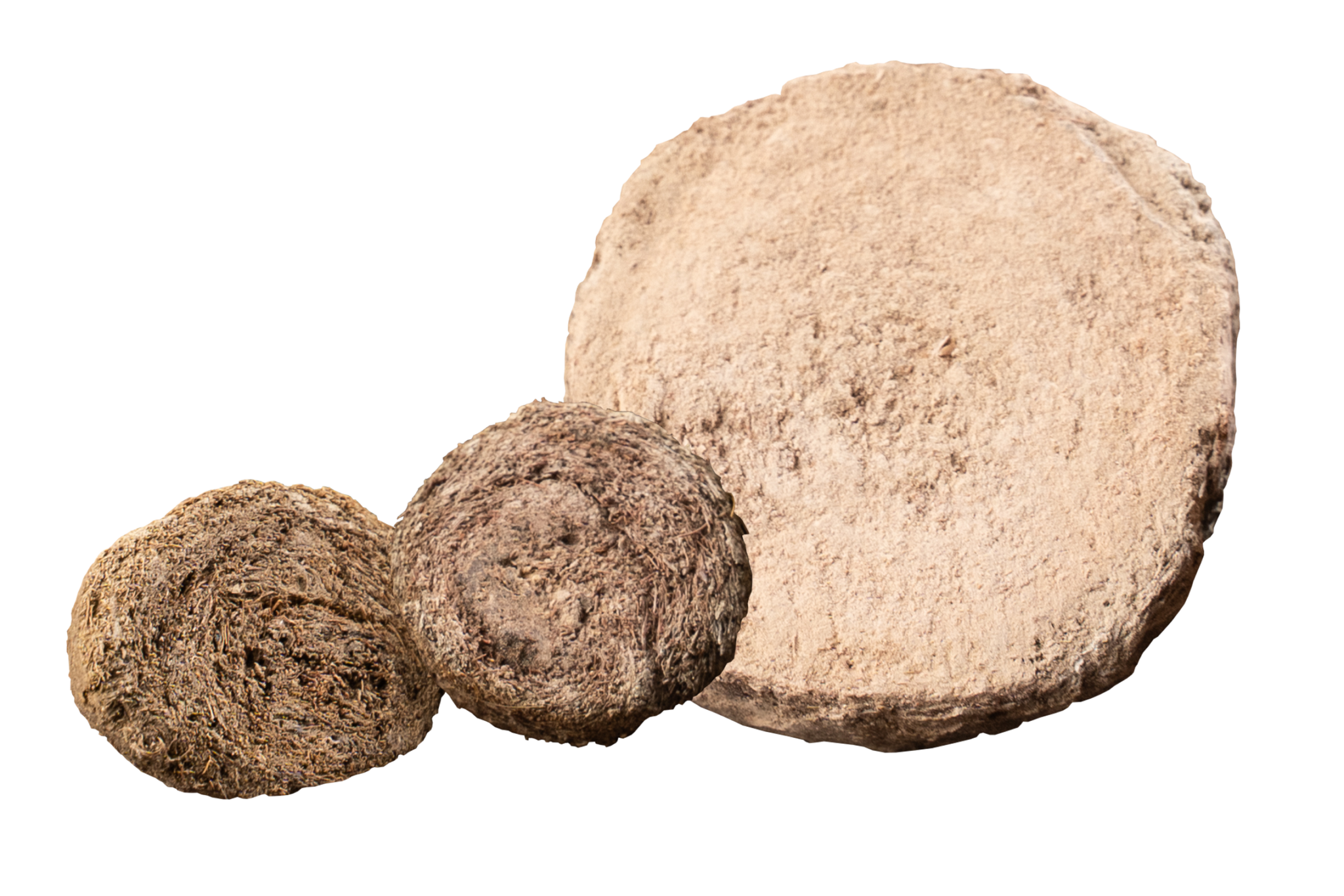
Internal Patterns
The internal patterns of a genuine porcupine bezoar are natural and irregular, with no obvious gaps between the textures, and its structure is compact. When gently touched, a small amount of powder may naturally fall off. In contrast, counterfeit porcupine bezoars usually have patterns that are overly regular, evenly spaced, with visible gaps, and feel unnatural. Furthermore, if multiple bezoars in the same batch share nearly identical internal patterns, their authenticity should be highly questioned.

Taste
Genuine porcupine bezoars have a unique bittersweet taste. Some may be mild and almost tasteless, while others have a lasting bittersweet flavor, occasionally with a slight acidity or woody aroma. When held under the tongue for a short while, they can noticeably stimulate saliva secretion, achieving a refreshing and thirst-quenching effect. In contrast, counterfeit porcupine bezoars may also taste bitter, but the flavor often resembles that of modern medicine or "Wu Ta San" herbal powder, and they cannot induce the same salivation effect.
Since each porcupine lives in a different environment and consumes different herbs, every genuine porcupine bezoar varies slightly in colour, appearance, and taste. If multiple bezoars in the same batch appear almost identical in all three aspects, their authenticity should be questioned. Even if a seller provides a video of bezoars being extracted from porcupines, it cannot fully guarantee authenticity — buyers should always remain cautious when making a purchase.
Protecting Your Rights
By applying the basic identification methods mentioned above, consumers can better protect their rights and avoid purchasing counterfeit porcupine bezoars.
When making a purchase, it is recommended to ask the seller to show four different grades of bezoars: powder bezoar, semi-powder bezoar, semi-herbal bezoar, and herbal bezoar. If the seller cannot provide this information, caution should be exercised.
In addition, if the different grades of bezoars look overly similar or even identical in appearance, they may have originated from the same counterfeit production line.
Apart from guarding against fake bezoars, consumers can also request to see the grinding process. Generally, hand-ground bezoars are of higher quality than machine-ground ones, because high-temperature machine grinding may destroy the active compounds within, reducing their efficacy. Therefore, it is not advisable to purchase products processed with high-temperature machine grinding.
However, as technology continues to advance, many counterfeit producers have already mastered the ability to create highly deceptive fake products, making traditional folk identification methods not always reliable.
Today, more scientific testing methods have been developed, such as fingerprint mapping technology. These include chromatography and spectroscopic analysis, which can precisely identify the unique active compounds and chemical structures within porcupine bezoars to establish their exclusive "chemical fingerprint." In the future, identifying counterfeit bezoars may simply involve comparing these fingerprint maps for rapid verification.
That said, this technology is still in the research stage. We are also actively engaged in related scientific studies and hope that one day a more comprehensive, systematic, and authoritative authentication system will be established for the industry. Please stay tuned for the results of our collaborative research with university teams.
Finally, we will also attach important studies and news reports related to the authenticity of porcupine bezoars, to help the public gain deeper knowledge on how to distinguish between genuine and counterfeit products.

Comparison of Genuine and Fake Bezoars
Source: Universiti Sains Malaysia (USM) publication, March 2019
"A Traditional Folk Medicine of Malaysia: Porcupine Bezoar"
Dr. Tan Choo Shan, a postdoctoral researcher at the School of Pharmaceutical Sciences, Universiti Sains Malaysia (USM), in her paper "A Traditional Folk Medicine of Malaysia: Porcupine Bezoar", explored in depth the origins, types, and applications of porcupine bezoars in traditional medicine.
She also provided a detailed comparison of genuine and fake porcupine bezoars. Through these images, the research aims to help the public identify and distinguish between authentic and counterfeit products commonly found in the market.
The images in the figure are presented as follows:
(a) Genuine Porcupine Bezoar: Naturally extracted and processed high-quality bezoar with significant medicinal value and efficacy.
(b) Counterfeit Porcupine Bezoar: Usually made from inferior materials or imitations. These lack real therapeutic effects and may cause short-term side effects such as nausea, allergies, dizziness, and diarrhea. Long-term consumption may even lead to serious consequences such as liver and kidney damage, posing continuous harm to health.
(c) Powdered Genuine Porcupine Bezoar: Specially processed into powder form, making it easier for patients to consume while retaining the bezoar's effective pharmacological components.
This comparative illustration not only shows the true appearance of porcupine bezoars but also helps consumers better understand how to distinguish between genuine and counterfeit products, thereby avoiding misleading promotions or substandard items.
For readers who wish to gain deeper insight into porcupine bezoars and their medicinal value, it is recommended to read Dr. Tan Choo Shan's full research report "A Traditional Folk Medicine of Malaysia: Porcupine Bezoar", which contains extensive experimental data and analysis.
Click the link below to access the full report: "A Traditional Folk Medicine of Malaysia: Porcupine Bezoar"

Dr. Tan Choo Shan presenting part of her research findings at the 1st Clinical Research Conference on the Advantages of Traditional Chinese Medicine.
Source: Sin Chew Daily, Nov 2019
"Authentic Porcupine Bezoars Are Rare ‧ Identifying Authenticity Becomes Crucial"
In November 2019, Dr. Tan Choo Shan, a postdoctoral researcher at the School of Pharmaceutical Sciences, Universiti Sains Malaysia (USM), presented part of her research on porcupine bezoar authentication at the 1st Clinical Research Conference on the Advantages of Traditional Chinese Medicine held in Hangzhou. Her study made significant contributions to the evaluation of porcupine bezoar quality, especially by providing scientific bases and methods for distinguishing genuine from counterfeit products.
Through rigorous experiments, Dr. Tan confirmed that the current market indeed contains a mix of genuine and fake porcupine bezoars, making authenticity verification a crucial step in ensuring both efficacy and consumer safety.
In her study, Dr. Tan used images to highlight the clear differences: the upper image shows genuine porcupine bezoars, whose morphology and texture meet medicinal standards and carry clear therapeutic value; the lower image shows fake porcupine bezoars, with visibly different appearance and texture, often made of inferior materials. Such counterfeit bezoars not only lack efficacy but may also contain harmful substances, leading to short-term side effects such as nausea, allergies, dizziness, and diarrhea, and potentially causing more serious health issues with long-term use.
This research provides highly valuable references for consumers, helping the public effectively avoid purchasing counterfeit products.
For those interested, the full article can be accessed here: "Authentic Porcupine Bezoars Are Rare ‧ Identifying Authenticity Becomes Crucial"
If you have any questions or concerns regarding the authenticity of porcupine bezoars, please feel free to contact us. We will provide you with detailed explanations and professional assistance.
Frequently Asked Questions
For the full list of frequently asked questions, please click below
